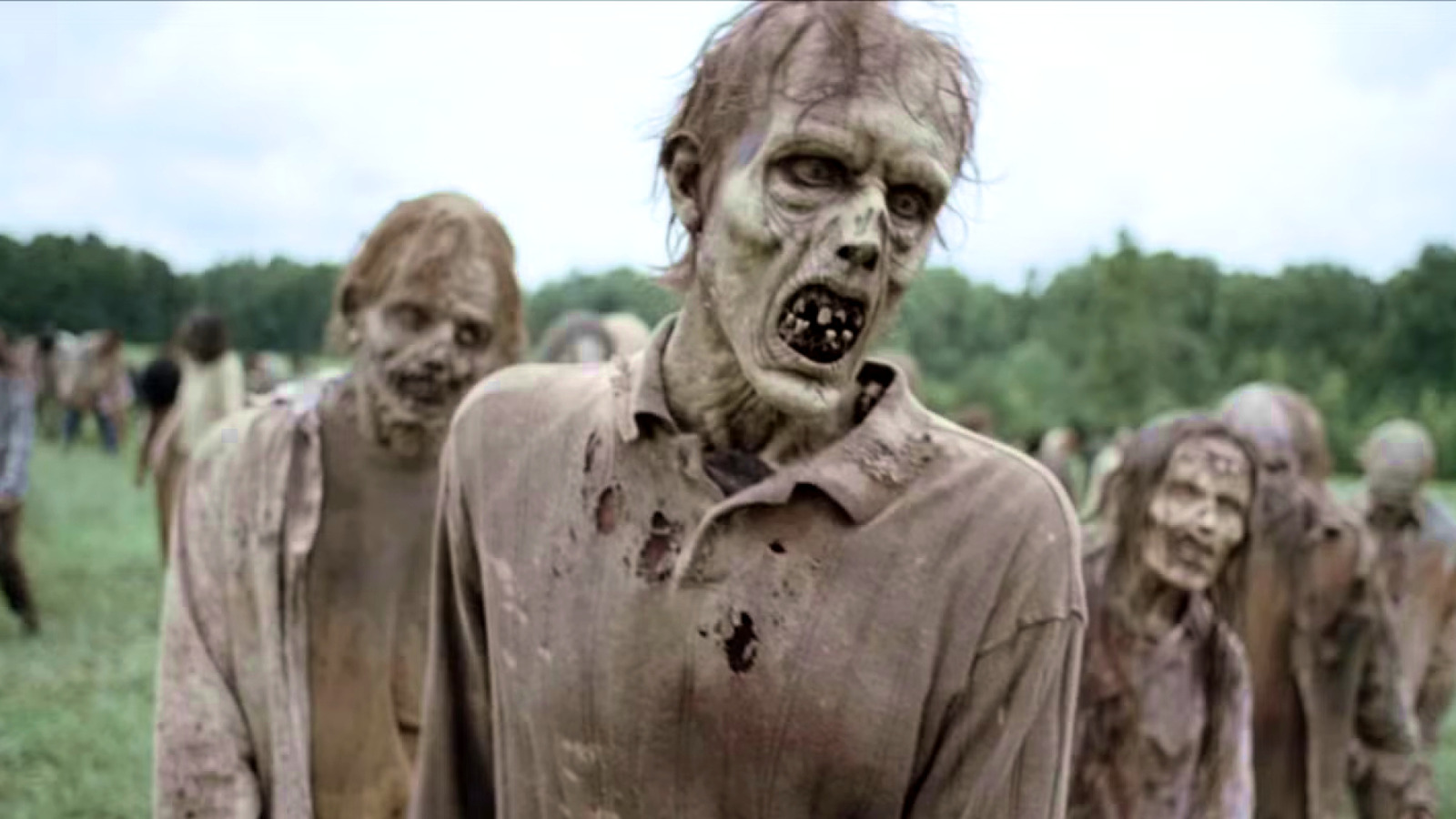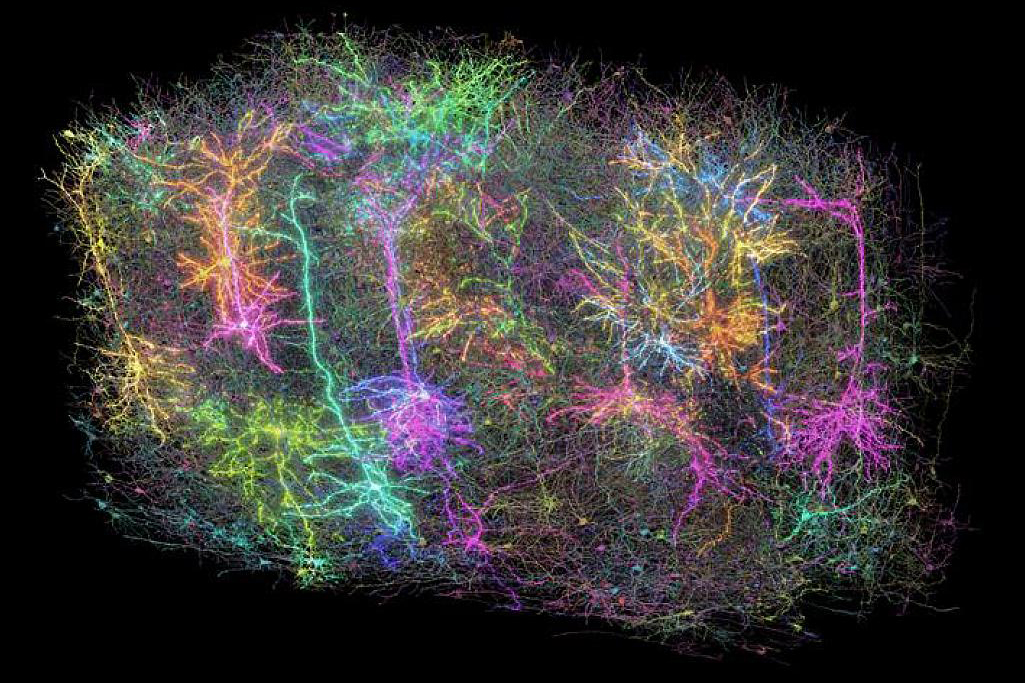Exploring Directionality in Place Cell Activity: Insights from a City-Block Maze Study
A recent study has shed light on the fascinating dynamics of place cell firing, particularly examining the influence of directionality in a controlled experimental setup involving rats navigating a city-block maze. Place cells, which are a specific type of neuron located in the hippocampus, play a crucial role in spatial memory and navigation. These cells fire in response to an animal's location and movement, producing 'place fields'areas where a particular cell becomes activebased on their position in the environment.
Past research has established that the firing of these cells can be influenced by the direction of movement, especially when animals traverse linear tracks or engage in stereotypical one-dimensional behaviors. However, this directional influence appears to wane in less structured environments, such as during open-field foraging. The present study aimed to investigate whether the firing patterns of place cells in a hybrid two-dimensional maze setup would exhibit directional characteristics.
The city-block maze used in this study combined elements of both linear and open-field tasks. The rats were required to navigate through a 2D layout that was designed with orthogonal pathways, compelling them to travel in fixed directions as they searched for pseudorandom rewards. To analyze this behavior, researchers first needed to categorize the rats movements based on the specific alley they occupied, which was defined by their general direction of travel rather than their immediate head orientation.
For instance, if a rat entered a horizontal alley from the west entrance and exited through the east, all activity recorded while the rat was in that alley was classified as 'east,' irrespective of its head direction during the journey. This approach allowed for the creation of firing rate maps, which were then filtered by travel direction, yielding four distinct maps corresponding to the cardinal directions.
The analysis revealed nuanced patterns in place cell firing, with firing rates varying significantly based on the direction of travel. For example, one neuron demonstrated increased firing rates in fields 2 and 3 when the rat moved from east to west, while field 1's activation shifted in accordance with the travel direction. Additionally, another neuron exhibited multiple firing fields within vertical alleys, showcasing a distinct preference for firing when traveling south compared to north.
To quantify the directional firing of these cells, specific filters were applied to the collected data, ensuring that only passes with sufficient repetitions in each direction were included. The analysis revealed a substantial number of directionally tuned fields93 out of 310, as determined by a Mann-Whitney test, indicating a robust relationship between firing patterns and travel direction. The mean difference in firing rates for these directional fields was significantly higher than for non-directional fields, suggesting that direction does indeed modulate activity within these neural circuits.
Further examination involved the application of generalized linear models (GLMs), which served to confirm the directional tuning of individual fields. By contrasting a base model with one that included direction as a variable, researchers were able to identify fields with a significant effect of current direction, further substantiating their findings.
The population-level analysis employed a random forest classifier to decode the direction of travel based on the collective firing rates of the neurons. This method effectively demonstrated that the ensemble of place cells could reliably convey directional information on a day-to-day basis, although variability in performance was noted, potentially due to fluctuations in cell yield or behavioral sampling.
Interestingly, while previous studies suggest that CA1 fields may encode not only the present but also future or past directions along a trajectory, this investigation found no significant evidence to suggest that retrospective or prospective coding was present in their data. However, there was a trend indicating the possibility of a weak effect of retrospective direction, hinting at the complexity of spatial encoding in hippocampal neurons.
Overall, this study enhances our understanding of how directionality influences place cell firing in a structured environment, contributing to the ongoing exploration of spatial navigation and memory processes in rodents.

















